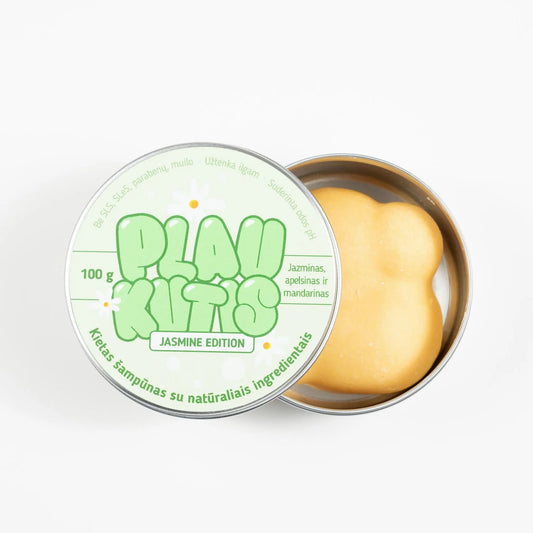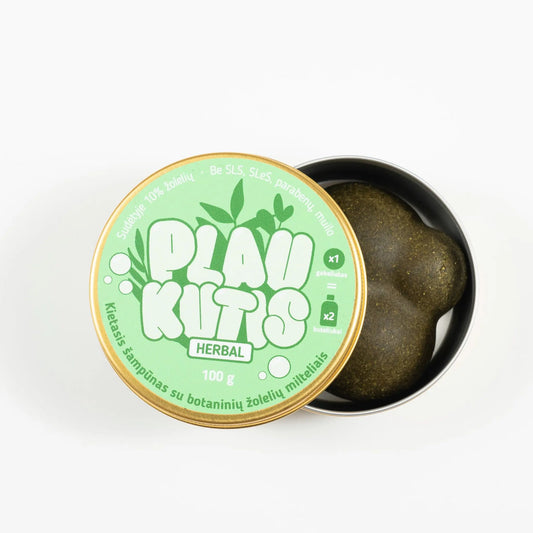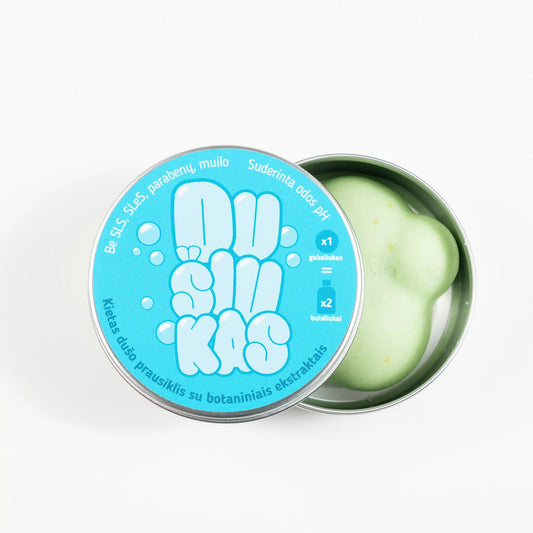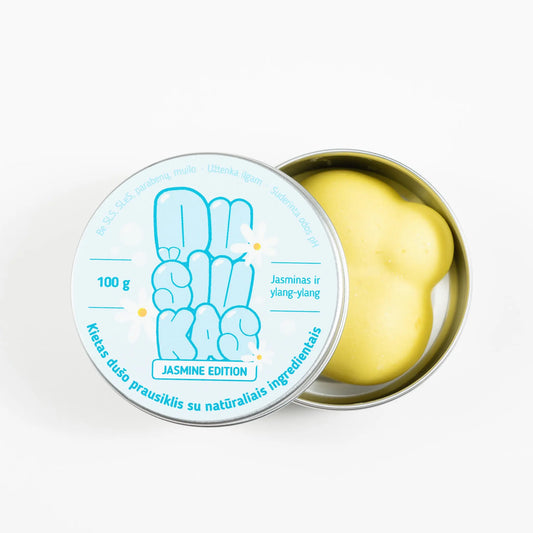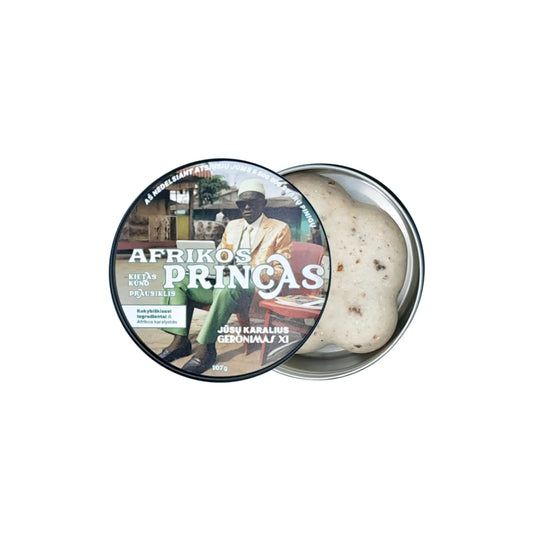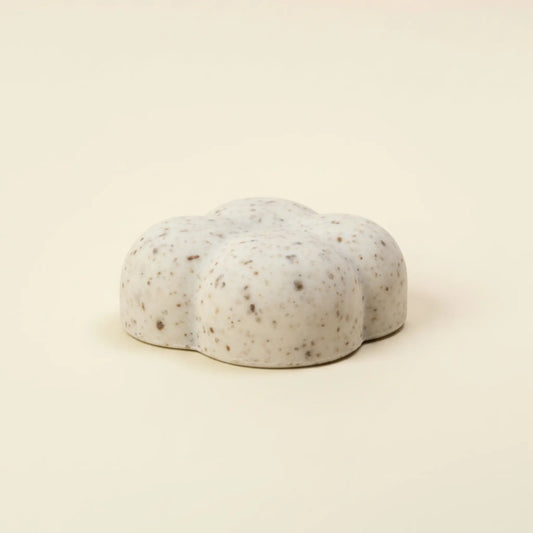Hair care products are an important part of many people's daily routines, but we rarely think about what's in them. While your favorite shampoo or conditioner promises healthy, shiny hair, they may contain hidden ingredients you've never heard of. Some of these hidden ingredients can negatively affect the health of your hair and even your overall well-being.
A 2020 study by the Environmental Working Group (EWG) found that 75% of common personal care products contain chemicals that can cause health problems, such as hormone disruption, respiratory problems, and skin irritation. In this article, we'll discuss the lesser-known but dangerous ingredients found in hair care products, why they can be harmful, and how to avoid them.

Formaldehyde-releasing preservatives
Many hair care products, from shampoos to conditioners to styling gels, contain preservatives to extend their shelf life. However, certain preservatives can release formaldehyde over time, a known carcinogen that can have serious health consequences.
What are formaldehyde-releasing preservatives?
Formaldehyde-releasing preservatives are chemicals that release small amounts of formaldehyde over time to protect the product from bacterial and fungal growth. The most common of these are DMDM hydantoin , quaternary-15 , diazolidinyl urea , and imidazolidinyl urea . These substances are often found in personal care products because they are effective and inexpensive.

Health effects of formaldehyde
Formaldehyde is a recognized carcinogen by the International Agency for Research on Cancer (IARC) and the United States Environmental Protection Agency (EPA) . A 2015 study found that chronic exposure to formaldehyde may increase the risk of cancer, particularly leukemia and nasopharyngeal cancer.
In addition to the risk of cancer, formaldehyde exposure has been linked to skin irritation, allergic reactions, and respiratory problems. A 2017 survey of beauty salon workers found that 42% of respondents experienced respiratory problems and skin irritation directly related to the use of formaldehyde-containing hair care products.
Products that often contain formaldehyde-releasing preservatives
Formaldehyde-releasing agents can be found in shampoos, conditioners, and keratin treatments. Keratin treatments, in particular, often use formaldehyde or its release agents to ensure long-lasting smoothness. While there are laws restricting the use of formaldehyde, a 2019 study found that 15% of salon keratin treatments in the United States still contained unsafe levels of formaldehyde.
To avoid these harmful substances, choose products that are labeled “formaldehyde-free” or carefully check the ingredient list, looking for names like DMDM hydantoin and quaternary-15 .

Parabens: Controversial Preservatives
Parabens are another type of preservative that has been the subject of much debate due to potential health risks. They are widely used in hair care products to prevent the growth of bacteria and mold, but there are growing concerns about their safety.
What are parabens?
Parabens are synthetic chemicals used as preservatives in a variety of cosmetic and personal care products. The most commonly used parabens are methylparaben , ethylparaben , propylparaben , and butylparaben . They are popular for their effectiveness in inhibiting the growth of microorganisms.

Hormone disruption and parabens
The biggest concern about parabens is their ability to disrupt the body's hormone system. Parabens can mimic estrogen , which can cause hormonal imbalances. A 2020 study published in the Journal of Steroid Biochemistry and Molecular Biology found that parabens were found in 99% of breast cancer tissue samples, leading researchers to investigate a possible link between paraben exposure and cancer development.

Additional research has shown that parabens may also affect reproductive health. A 2019 study found that exposure to parabens may reduce fertility in both men and women by affecting hormone levels and reproductive organ function.
Alternatives to parabens
As consumer awareness has grown, many companies have begun offering paraben-free products. These products replace parabens with preservatives such as phenoxyethanol , sodium benzoate , and potassium sorbate , which are less likely to cause hormonal disruptions or other health problems. A 2021 market analysis found that 55% of new hair care products launched in the United States were labeled “paraben-free,” reflecting the growing demand for safer alternatives.

Synthetic fragrances and dyes
While fragrances and dyes can make hair care products more appealing, they can also cause various health problems, especially for those with sensitive skin or those prone to allergies.
How synthetic fragrances and dyes affect health
Synthetic fragrances are made using a mixture of chemicals, many of which are derived from petroleum. According to the Environmental Working Group (EWG) , more than 3,000 chemicals are used to make synthetic fragrances, but most are not listed on product labels due to trade secrets.
The American Academy of Dermatology reports that synthetic fragrances are one of the leading causes of contact dermatitis, a condition in which the skin becomes red, itchy, and inflamed. A 2020 study found that 25% of people with sensitive skin experienced irritation or allergic reactions to synthetic fragrances in personal care products.

Safer alternatives to synthetic fragrances and dyes
If you have sensitive skin or allergies, switching to fragrance-free or natural products can reduce the risk of irritation. Many brands now offer products scented with essential oils, such as lavender , peppermint , or eucalyptus , which are safer. Also, plant-based or mineral-based dyes may be used instead of synthetic dyes.

Myth debunking and interesting facts
- Myth : "If a product is labeled 'dermatologist-tested,' it's safe for everyone."
Fact : "Dermatologist-tested" means that the product has been tested by a dermatologist, but it doesn't mean that it's suitable for all skin types or that it's free of harmful ingredients. - Fun fact : Synthetic fragrances can trigger migraines in up to 19% of the population, according to a 2018 study from the University of Stirling (Scotland).
- Myth : "If a product is labeled 'natural', it doesn't contain harmful chemicals."
Fact : The term "natural" is not regulated, so products labeled as natural can still contain synthetic chemicals. A 2021 report found that 60% of products labeled "natural" contained at least one synthetic ingredient. - Fun fact : The first synthetic fragrance was created in 1882 using coumarin , a chemical derived from tonka beans. Since then, the synthetic fragrance industry has become a billion-dollar industry, with over 80,000 new fragrance compounds.
- Myth : "Fragrance-free products have no scent."
Fact : Fragrance-free products do not have added synthetic fragrances, but may have the natural scent of ingredients, such as carrier oils or extracts.

Practical tips and solutions
- Check the ingredient list : Always read the full ingredient list, not just the marketing claims on the packaging. This will help you avoid harmful chemicals like parabens, formaldehyde-releasing agents, and synthetic fragrances.
- Use ingredient-checking apps : Apps like Think Dirty and EWG's Skin Deep allow you to scan a product's barcode and quickly learn about harmful ingredients in hair care products.
- Choose safe preservatives : Look for products that use safe preservatives, such as phenoxyethanol , potassium sorbate , or sodium benzoate , which are less likely to cause health problems compared to parabens or formaldehyde-releasing agents.
- Test before use : If you have sensitive skin or are prone to allergic reactions, test new products on a small area of skin before use.
- Choose products that are unscented or with natural scents : If possible, choose products that are unscented or scented with essential oils, especially if you have sensitive skin or allergies.

Frequently asked questions
Q: How do I know if a product contains formaldehyde-releasing substances?
A: Check the ingredient list and look for names such as DMDM hydantoin , quaternary-15 , diazolidinyl urea , or imidazolidinyl urea .
Q: Why should you avoid parabens in hair care products?
A: Parabens have been linked to hormone disruption and an increased risk of cancer. Choose products that are free of methylparaben, ethylparaben, and propylparaben.
Q: Are natural scents always better?
A: Not necessarily. While essential oils are often safer than synthetic fragrances, they can still cause allergic reactions. Always try new products if you have sensitive skin.
Q: What is the safest way to avoid harmful ingredients in hair care products?
A: Look for products certified by independent organizations such as EWG Verified or USDA Organic .
Q: Are synthetic dyes in hair care products really harmful?
A: Yes, certain synthetic dyes, especially those derived from coal tar, have been linked to an increased risk of cancer. Look for products that use vegetable or mineral dyes.
Conclusion
When it comes to choosing hair care products, knowledge is power. By understanding what’s hiding in your shampoo, conditioner, or styling products, you can avoid harmful chemicals and protect your hair and your health. By being vigilant about formaldehyde-releasing preservatives, parabens, and synthetic fragrances, you can make safer, healthier choices in your hair care routine.
